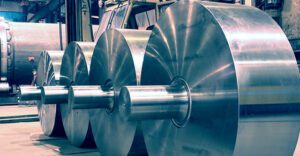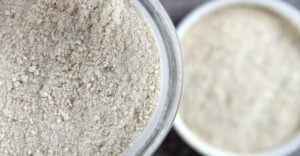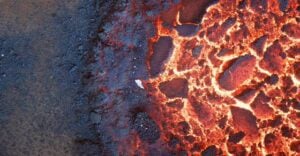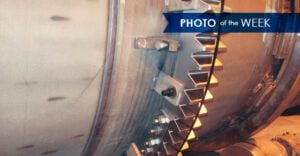Part Spotlight: Trunnion Wheel
The trunnion wheel, also known as a trunnion roller, is a key structural component of any rotary drum base, be it a dryer, cooler, kiln or granulator. What trunnion wheels are available? FEECO supplies trunnion wheels in 4140 or 4340 stainless steel. Sizes are available …













